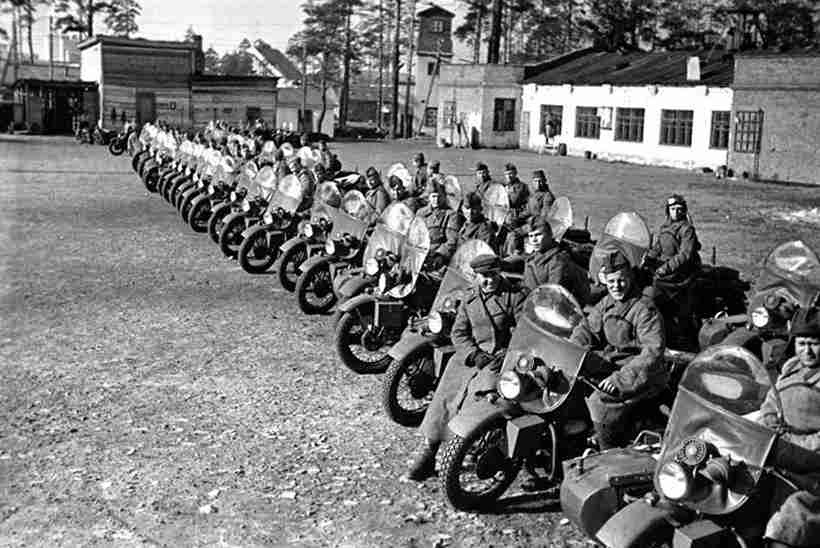On the road

Friday, October 31, 2014
Wednesday, October 29, 2014
Monday, October 20, 2014
Wednesday, October 8, 2014
November 2014 Dallas Police Shield
The Dallas Morning News reported that the fact that rumors
of the DPD would be looking for a new police chief in 1978 were running rampant
at 106 S. Harwood.
One source inside DPD headquarters said that “He’s going.”
This same source told the reporter that the chief would be staying earlier in
the year.
Chief Byrd set up such reports that his tenure would be
limited when he assumed the post as police chief. He said at the time that the
job of police chief in a major city was one for a young man. He then said that
he would turn over the job to someone else when he turned 50 years old.
Later, Byrd stated that he would like to be around when
Dallas hosted the 1979 International Association of Chiefs of Police conference
and that he fully intended to be the host chief. The reports of his departure
subsided then but in late 1977 they were back again. There were accounts that
he had told Glen King, IACP executive director (a former DPD executive and
later chief) that he would not be there in 1979 to play host.
Chief Byrd had enjoyed a close relationship with Dallas City
Manager George Schrader since the beginning of his position as chief. When Byrd
was appointed, he was building a home in Ellis County. Since city department
heads were required to live in the city of Dallas, the city manager allowed the
chief to keep an apartment in North Dallas to establish residency.
Later however, the
relationship cooled somewhat. We need to remember that in the early seventies, many
police departments were for the first time, employing women in large numbers as
patrol officers. Before that time they were relegated for the most part as
detectives in the police department Youth Division’s and the like. Now they
were working alongside men in patrol cars. There was a lot of pushback initially
from departments nationally as a whole, and particularly some male police
officers. This was nothing compared to the major pushback from the wives and
girlfriends of male police officers around the country and including of course
Big D. The fact that a husband or boyfriend would be riding around at night for
8 hours with a female officer, and experiencing heart stopping danger, and
emotional circumstances that might bring the two officers closer in many ways
and the wife couldn’t possible understand, and could not even relate if she
tried to her husband when he attempted to tell the story, did not set well with
many women. It might seem strange today, or maybe it doesn’t, but this was
1977.
Chief Byrd had made a statement about this time that added
fuel to the fire. He stated (and it made the papers) that “If you put two women
together they fight, if you put a male and female together, they fornicate.”
The City Council of course heard about the statement but let
Chief Byrd off the hook, but his relationship with City Manager Schrader was
never the same, and thereafter it was with Assistant City Manager Cleveland
that Byrd had to deal with in departmental matters.
There was also the anger that Chief Byrd had towards
Schrader over the latest city budget. Byrd reportedly said that it was a
personal setback when his proposed merit pay plan that he and Cleveland had implemented
was shelved at the last minute. He was confident that it was going forward and
had told supervisors to introduce the plan.
The DMN wrote that if Chief Byrd did retire, that it would
possibly be Executive Chief James Dahman or Chief of Patrol James Souter that
would be picked for the job since both were close to the chief. Both had said
however that they planned to retire when and if Byrd leaves.
We have to remember that we should take all this in the
context that this was 1977, things were changing in the workforce, not just in police
departments, but fire departments and in the private sector as well. Women were
joining police and fire departments all over the country in large numbers. Other
minorities too. Another example is that military academies didn’t start
accepting women until the mid- seventies. It was hard for many to accept. The
status quo was changing.
Chief Byrd remains to many (including this writer who
received his academy diploma from him) as one of the best police chief’s that
the DPD had brought up through the ranks. He later became the High Sheriff in
Dallas County. I remember as a young SWAT officer, going to one of the many
outdoor parties at some apartment complex pool that seemed to happen every
weekend when North Dallas was the place to be in the 80’s. There must have been
a hundred people there. At one point the now Sheriff Byrd left a throng of
admirers and came over to us guys that I’m sure were awed that the ex-chief
would even speak to us. For some reason we were trying to hide our beers (maybe
force of habit) but he put us at ease when he said something to the effect that
he was glad that we were there (maybe it was his party?) and that he could always
count on Tactical (which it was at the time) when the chips were down. We said “Thanks
Chief!” in unison and then he raised his glass in a toast. He then turned and
went back to the party. We thought we were pretty cool!
After Chief Byrd, the DPD had Billy Prince as chief, who was
and is regarded as also one of the best chiefs, and the Glen King who was
brought back from the IACP to become chief of police after Prince.
Later we had a string of chiefs that were brought in from
other cities. It was fashionable in the 80’s and 90’s for departments to bring
in a chief from another city to bring supposed new ideas to the DPD. One I
remember always wore a burgundy blazer and wanted white wall tires for his city
car. Both didn’t work. All this time, our guys were being hired by other police
departments to bring our “fresh” ideas to their departments.
I was always proud of that fact, and I guess it continues to
this day.
Tuesday, October 7, 2014
Thursday, October 2, 2014
Subscribe to:
Comments (Atom)














